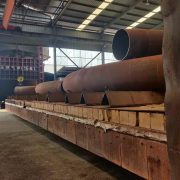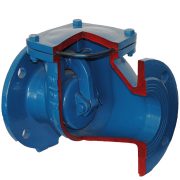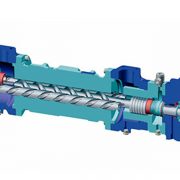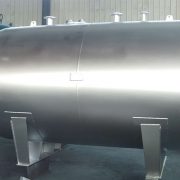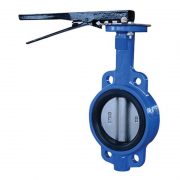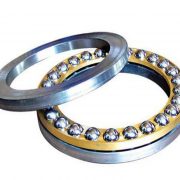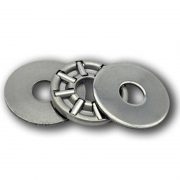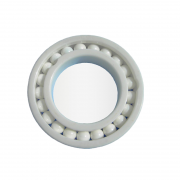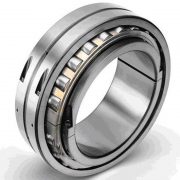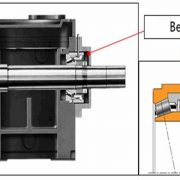How are qualified pipe fittings produced?
How are qualified pipe fittings produced?
If the finished pipe fittings are viewed from the outside, it is difficult to distinguish between good and bad quality, which is only known during the use process. Engineering quality pays attention to safety first, and once an accident happens, it will cause irreparable losses.
So how are high-quality and qualified pipe fittings produced? Mainly consider the following links:
1. The raw materials of pipe fittings are base materials: in order to manufacture qualified pipe fittings, qualified raw materials must be selected. That is to say, the steel pipes, steel plates and billets used for manufacturing pipe fittings must be products that meet the requirements of the corresponding national standards after inspection. In practice, in order to reduce production costs, bad manufacturers use pipes or other raw materials from unknown sources, some purchase engineering surplus materials, some purchase defective pipes and test machine products processed by steel mills, some purchase retired oil and gas transmission steel pipes that have expired, and some use low-grade steel instead of high-demand steel, such as seamless steel pipes of GB/T 8162 instead of seamless steel pipes of GB/T8163, and even welded steel pipes with treated welds instead of seamless steel pipes. All these have brought endless hidden dangers to the purchaser.
2. Die for producing pipe fittings: The pressing, extruding and forging of dies are indispensable in the forming process of pipe fittings, so factories are required to inspect various manufacturing dies frequently to minimize the defects such as strain and scratch in the forming process of pipe fittings.
3. Heat treatment of pipe fittings: The main functions of heat treatment are to relieve stress, reduce hardness, refine grains and improve structure and performance. For stainless steel, it means austenitizing. Especially cold-formed pipe fittings, all must be heat treated. However, small coal furnaces are still used for heat treatment in very small factories, and the work depends entirely on workers’ experience, and the furnace temperature is unstable and uneven, which cannot guarantee the heat treatment effect. 4. NDE for pipe fittings: National and international standards have corresponding provisions on NDE for formed pipe fittings. For example, the cold extruded tee must be 100% magnetic particle inspected, and the weld must be 100% radiographic inspected. However, because some factories do not have the testing power, are lucky or overconfident, they omit the essential nondestructive testing link, and do not find the major surface or internal defects of the products, which foreshadows the hidden dangers.
5. Preparation of pipe ends: Most pipe fittings will be welded with pipes or other pipe fittings at the project site. This requires that the roundness, thickness and groove of the pipe end must be excellent, otherwise it will bring difficulties to the welding in the project site, and then affect the welding quality of the project. Some people think that the wall thickness of our pipe fittings is not worse than that required by customers, so there should be no problem. As everyone knows, too thick end thickness will also make welding impossible on site.
Decho is a professional supplier on pipe fittings , if you have any request , pls donot hesitate to contact us by email [email protected]

